Thursday Five: dissecting (allegedly...) the most unreliable cars on the second-hand market
Motoring journalism is a funny wee thing, and one of the more interesting characters in the show is Consumer Reports from the US.
Consumer Reports provides recommendations and reviews on just about everything, from beef to baby strollers, drugs to drinking water.
Unsurprisingly they also review cars. But more to the point they also act as a hub where new-car buyers can provide feedback on the cars they’ve owned in regards to things like usability and reliability.
It’s this latter element that we descend on. The site recently issued an article listing the second-hand cars from the last few years that had scored the worst for ‘overall reliability’, with a number of those within the list highlighted as being the worst of the worst.
Some of the cars are no-brainers, while others are somewhat left field. It raises the question of the whether a site like this is as relevant as is made out. We can read their list, but at no point do we get to analyse the owners of the cars who submitted their views — whether they serviced their cars regularly and treated them well, or whether they lived on the redline, forgetting to change oil or perform other general maintenance.
Either way, the results make for some curious reading. Today’s Thursday Five examines.
BMW 5 Series (2006–2008, 2010–2012, 2015)
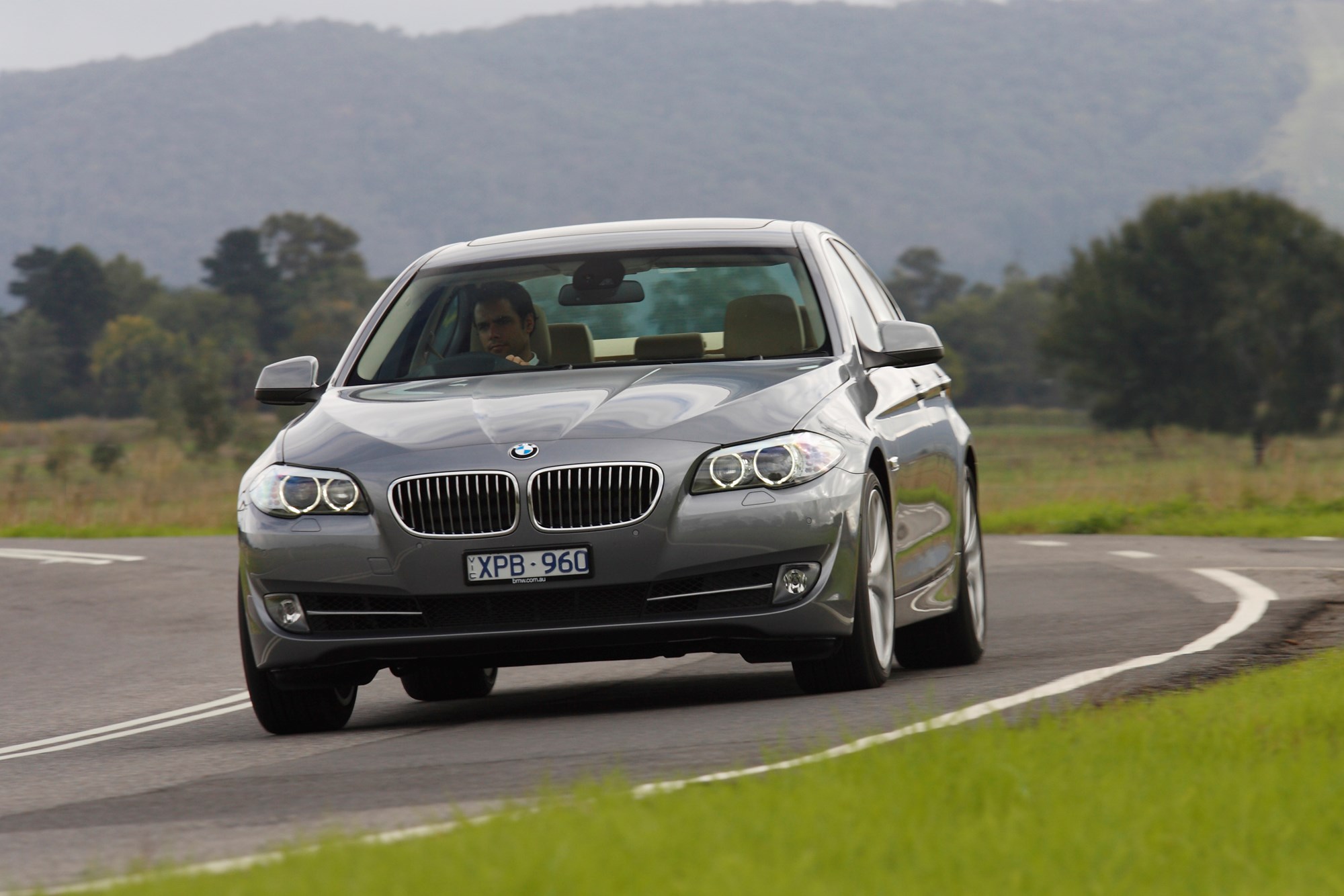
Of all the 'worst of the worst' entries, this was the one that surprised us the most by far.
Consumer Reports cover two separate generations of 5, the old E60, and the current (and pictured) F10.
While New Zealand 5 Series' are produced in Germany, America's — I believe — are produced in Mexico, alongside 3 Series, 7 Series, and X5 production lines.
Maybe that makes all the difference?
Chevrolet/Holden Cruze (2011–2013)
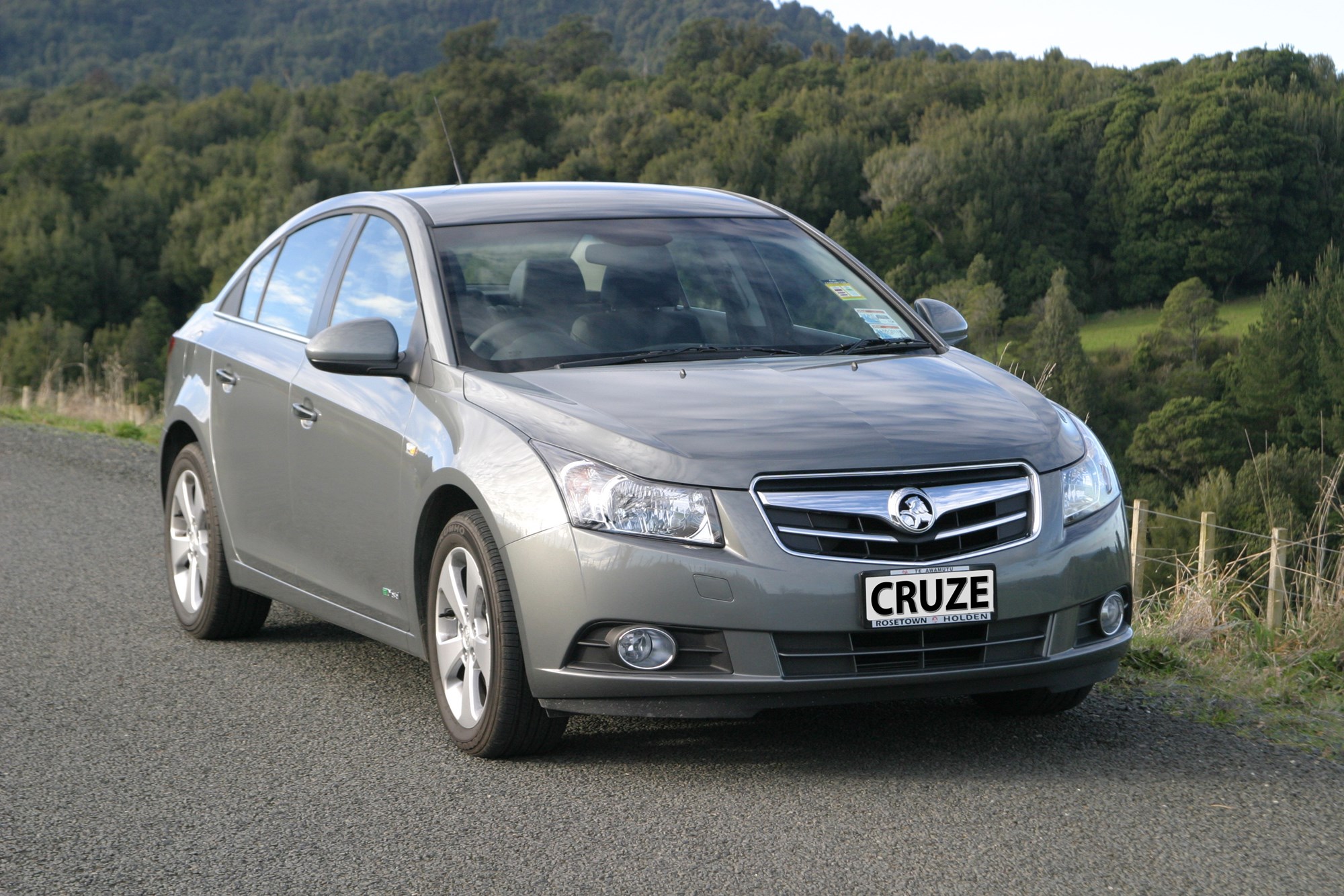
This one’s interesting.
The Holden Cruze, badged as a Chevrolet in America and in several other markets, has to be one of the most international cars in the world today. It’s made in a fascinating 10 different countries, including the US, Australia, India, China, and Kazakhstan [insert movie reference/casual racism here].
In New Zealand, the majority on our roads are Australian. But, they only commenced production of the Cruze over the Tasman in 2011, which means that our ‘first batch’ of Cruzes were from one of the other nine nations.
For what it’s worth, and admittedly it’s worth two ninths of bugger all, I rented a pre-colonial Cruze while in Australia in 2010. It was a bit gutless (the engines were revised for the new Australian versions), but I found it to be quite a solidly built thing.
It certainly wasn’t my worst rental…
Fiat 500 (2012–2013, 2015)
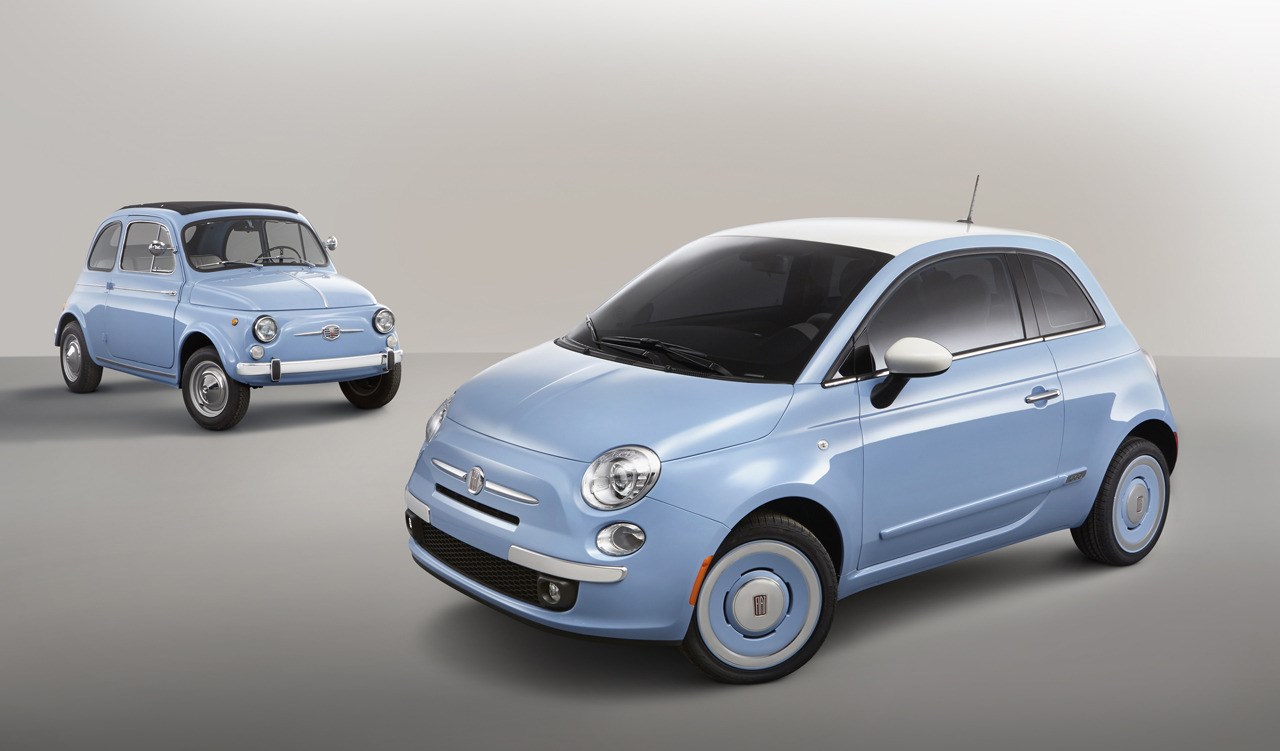
I rented a Fiat 500 for last year’s Bathurst 1000.
Character? Oh it had plenty of that. Over the five days I had it I witnessed first-hand a variety of characters; stubbornness and mechanical illiteracy among them.
I am convinced that my example was broken. The tiptronic automatic gearbox was an absolute hound, prompting the car to lurch like a roller coaster every time it made the long-winded decision to change gears. Engaging its manual mode and doing things yourself was a token improvement, but still far from perfect.
It’s without any surprise that it made the Consumer Reports list.
Jeep Grand Cherokee (2007, 2010–2014)
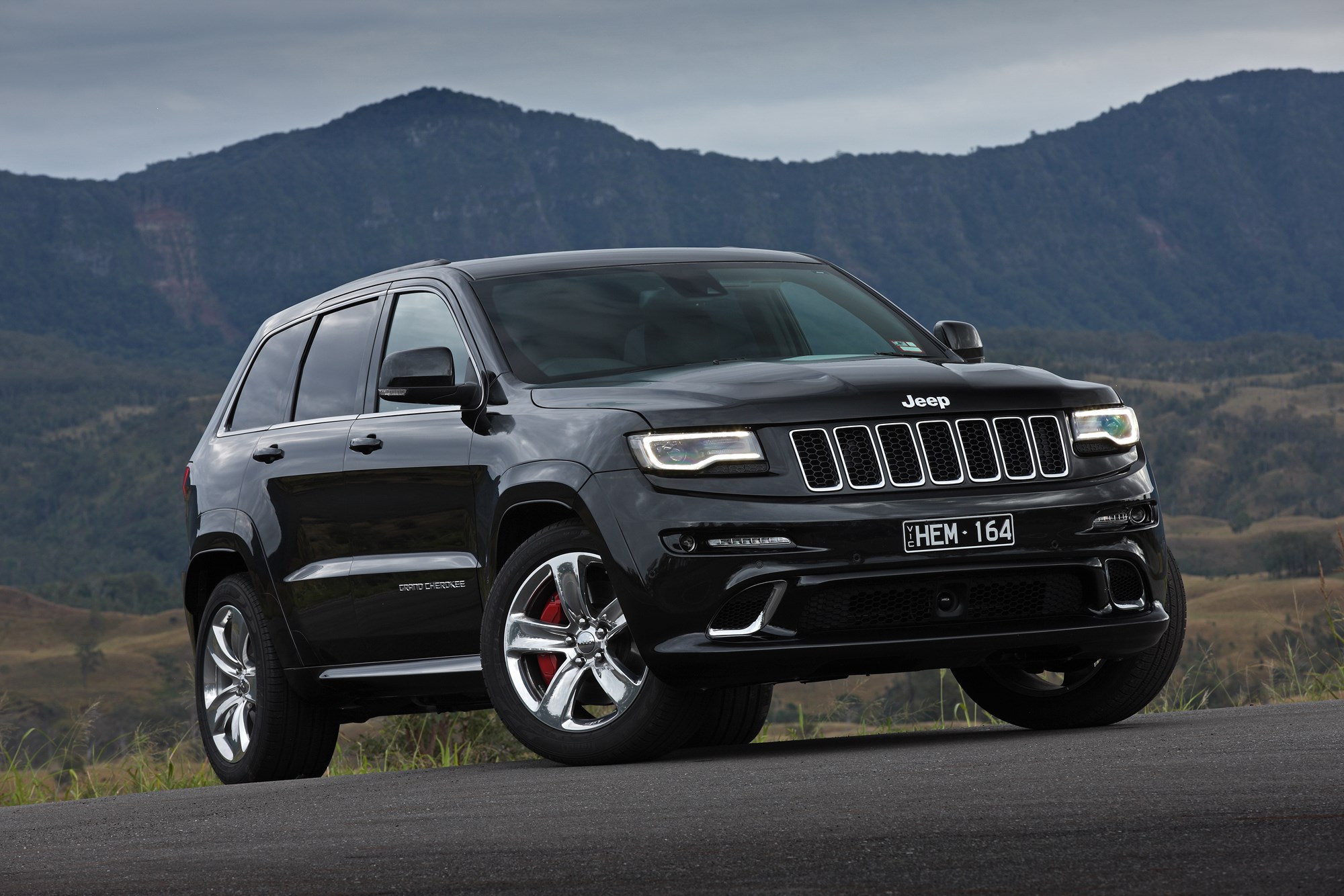
The Grand Cherokee’s selection is far from surprising, considering Jeep’s run of poor form in reliability surveys all over the globe.
We can only hope that their lucrative merger in 2014 will help improve the brand’s reliability ima… wait, the merger was with Fiat? Oh dear.
Almost any newly launched electric platform
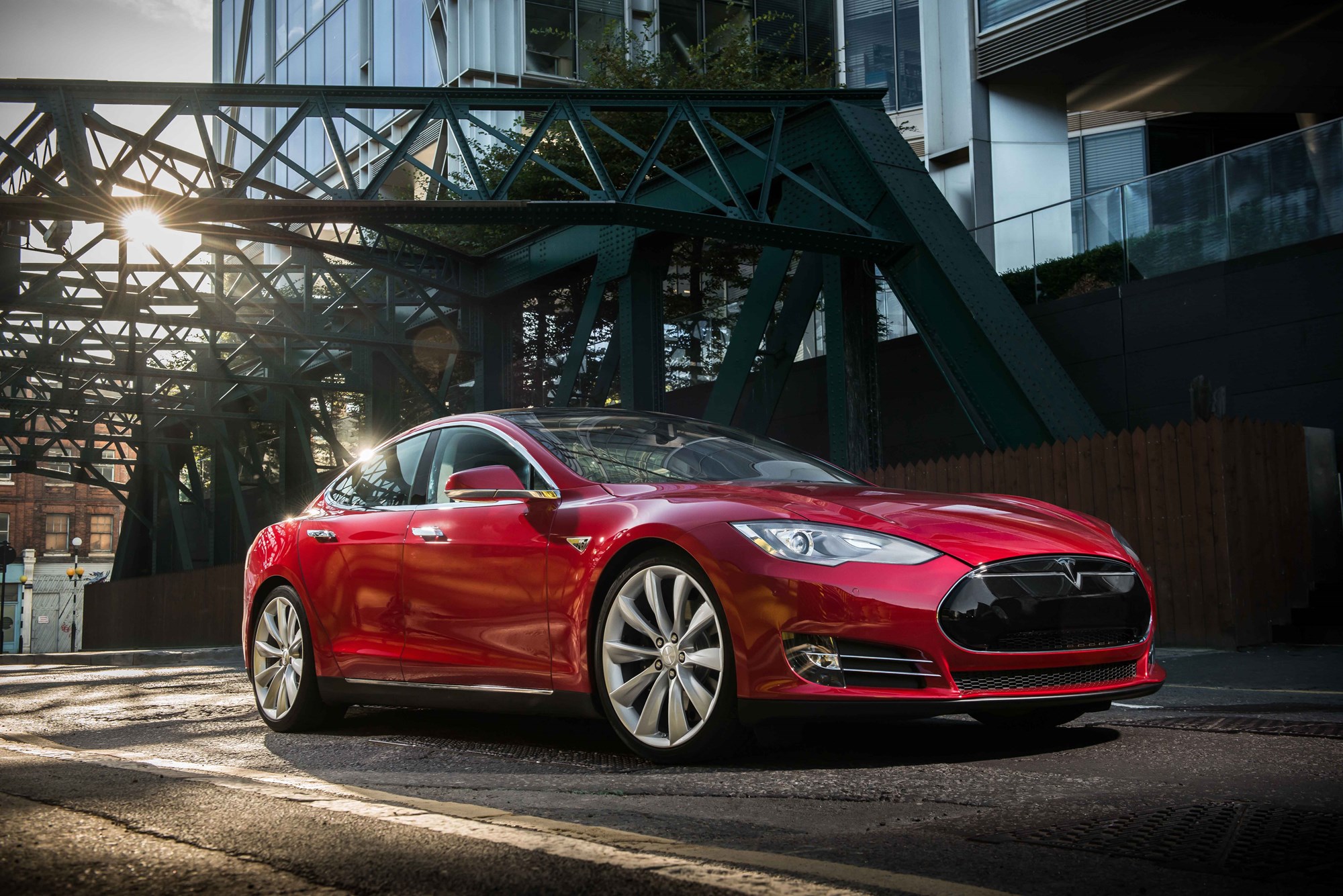
While the Nissan Leaf, Tesla Model S, and BMW i3 have both enjoyed time as darlings of the motoring media landscape, Consumer Reports also rate them as some of the least reliable cars you can buy on the second-hand market.
The results refer in particular to the 2013 Leaf, 2014 i3, and the 2012-13, and 2015 Model S.
To make a car is hard, but to make a car that operates under completely different conditions with a completely different drive train is infinitely harder. So in some ways, this result is far from surprising. Check back in a few years and I expect you'll see a much improved showing from the e-crop.




